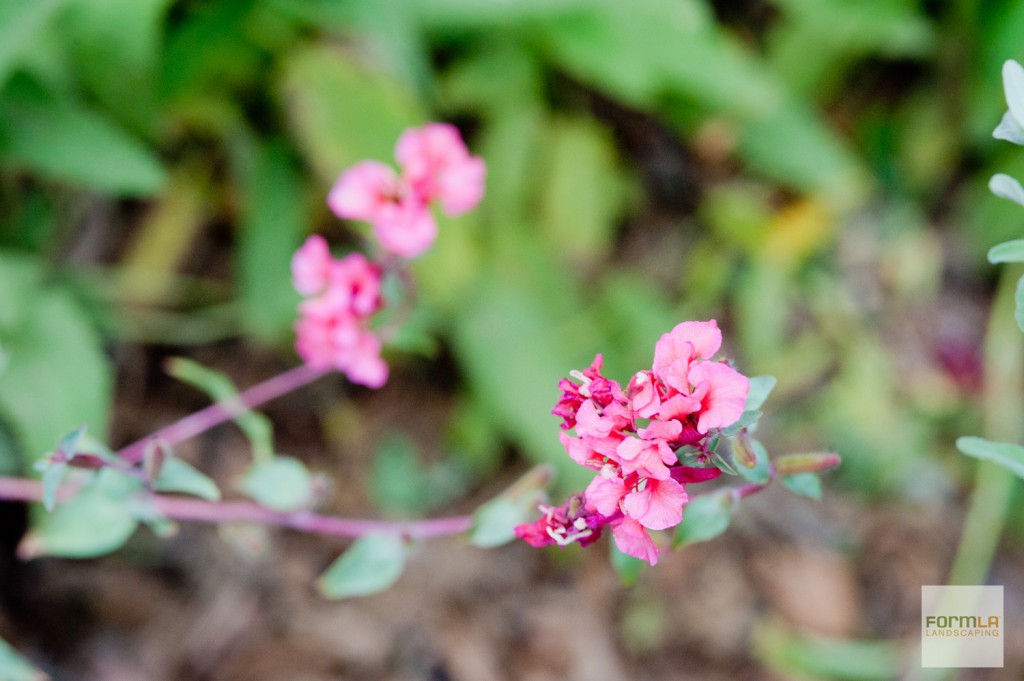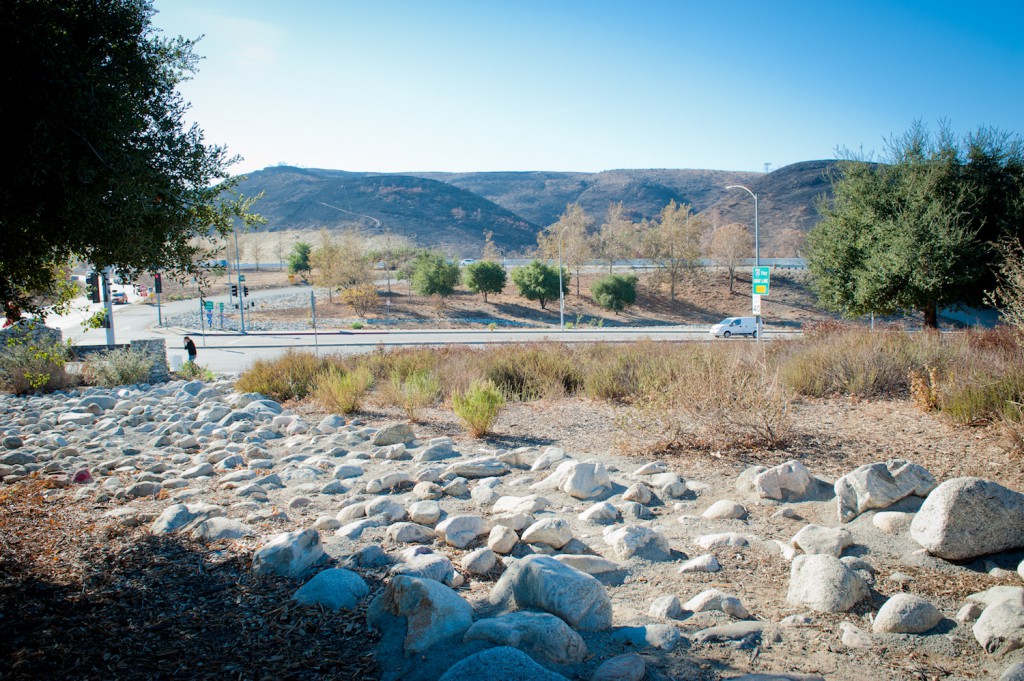December 12, 2017, By Cassy Aoyagi: We are awe-struck by the devastation and danger experienced by communities we visit every day and others we consider our frequent stomping grounds. As we look at the charred hillsides where we once wandered through greenery, we maintain optimism, hope and curiosity. I hope we can pass that along to you.
Our ecosystems appear destroyed after expansive fires, yet great value exists on burned slopes. Despite plants having burned to the ground, native plant root systems are likely still intact and potentially substantial. These root systems will soon begin to sprout, and, as they are, will help retain slopes.
Some of the most common and valuable plants with a network of slope-protecting roots are Chamise, Coyote Bush, Mahogany, and Sumac. The stumps of these plants, among others, will immediately and aggressively sprout following the first rains. These sprouts will begin to provide coverage over the bare earth, creating habitat for insects, birds, and rabbits. Manzanita will follow suit.

Angelenos can also expect delightful, unfamiliar wildflowers to arise naturally after fires. Scarification, which is really any kind of “roughening up” of a seed coat, occurs in a fire and promotes germination of dormant plant seeds beneath the surface of the soil. Unfamiliar wildflowers will also appear due to dramatic changes in their environment. Some may have needed more sun or more rainfall than available when surrounded by established foliage. They may now have conditions more favorable to their growth.

We hope this takes some of the sting out of this moment in time. Once things are safe, we hope you’ll want to explore these charred areas with us. For the avid hikers and adventurers that may head to the hills in the meantime, there are a few critical things to do to protect these sensitive areas.
- Be safe: Hike only on trails cleared for hiking.
- Wash (even sterilize) hiking boots/packs: Our native chaparral communities are every bit as delicate as the rainforests of Peru. Let’s protect them!
- Leave No Trace: Apple and fig trees, wild tobacco, we see so much of it in our wild spaces! Many are the result of tossing snacks. While biodegradable, our apple cores can also be biohazards.
- Stick to trails: Roots that have survived are obviously challenged right now. Help them recover by sticking to established trails, despite temptations to explore.
- Do not throw seed bombs: Seed bombs are likely to contain non-natives and even invasive plants that can decrease LA’s long term resilience. It’s hard not to help those we love, but, in the case of our hillsides, the best thing to do is truly wait and watch for now.
If you live near wild space and slopes, please visit our Disaster Prevention Checklist and take immediate steps to ensure your safety and that of your property.
More Information
